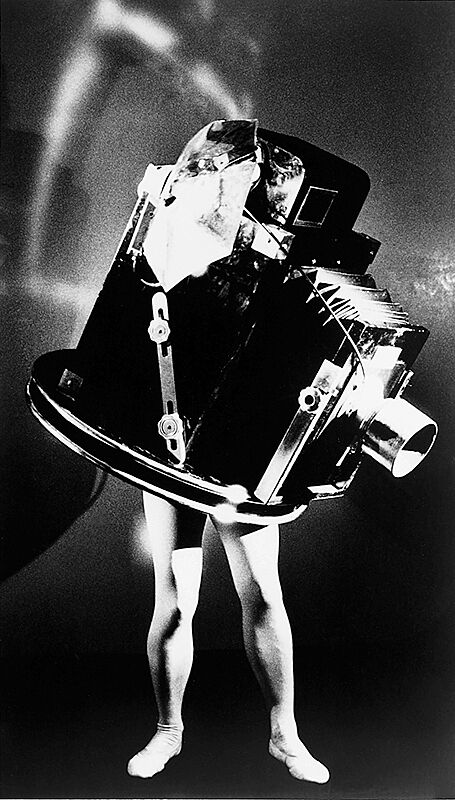Anthropomorphic Objects
Create a dialogue between anthropomorphic objects
In Laurie Simmons’s photograph, Walking Camera II (Jimmy the Camera), artist Jimmy DeSana’s legs make the camera appear anthropomorphic, or part human.
a. If students represented themselves as an object, what would they be? Why did they select that particular object? What aspect of the student’s identity does this object represent? Which parts of students’ physical likenesses would they use to make the objects anthropomorphic?
b. Ask students to use a drawing or digital photograph of themselves and a digital or magazine image of their chosen object to make an anthropomorphic self-portrait collage. Ask students to include at least one attribute so that their classmates know it is them. For example, hairstyle, accessory, shoes, or sneakers.
c. Ask students to find a partner and imagine a dialogue between their two anthropomorphic object characters. What would they say to each other? Have student partners write a dialogue and perform it for their classmates. What personalities did students’ hybrid self-portraits reveal through their dialogue?

